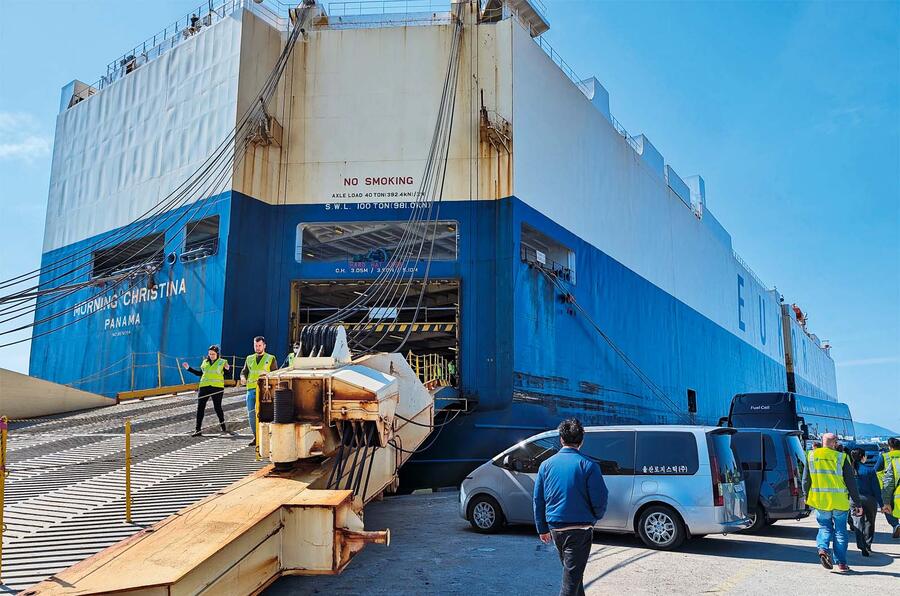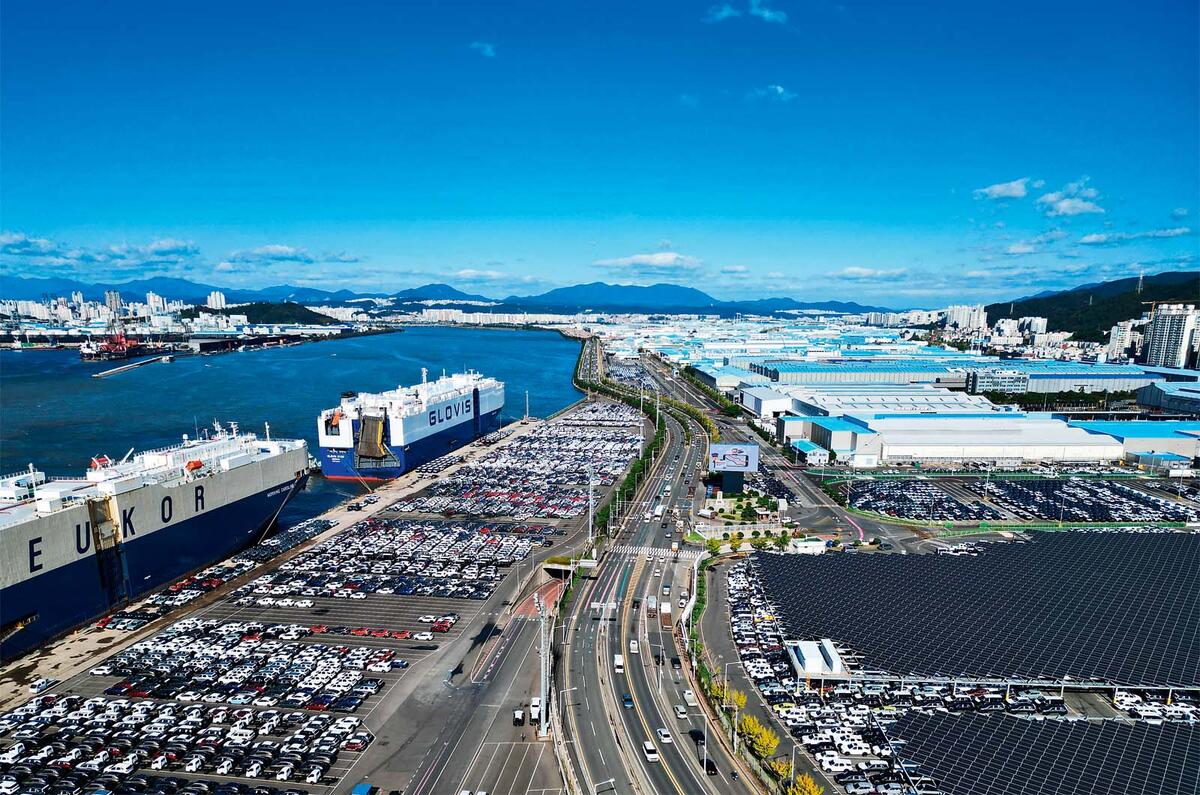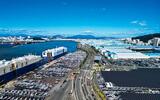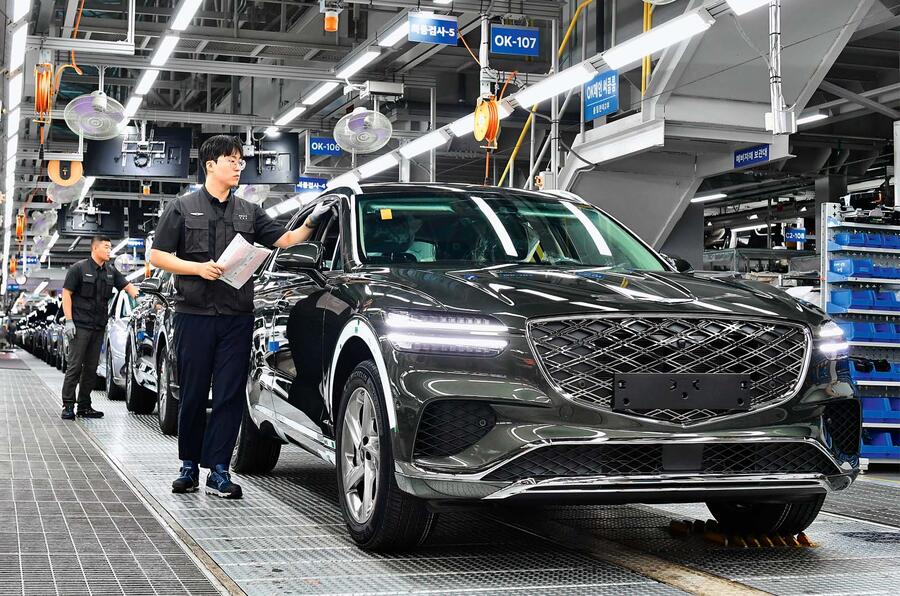Looking out from the bridge of the Morning Christina, the view is filled with thousands and thousands of factory-fresh Hyundai cars.
Up to 6000 of them are being loaded onto the 11 decks of the 380-metre-long vessel, bound for California, across the Pacific Ocean. “It’ll take about 13 days,” says the ship’s captain. “Then we’ll come back and do it again.”
This is the final step of a unique process in car manufacturing that is based here at Hyundai’s Ulsan plant on the south-eastern coast of South Korea. With a dock literally on site, cars are built, tested and shipped all in one seamless operation.
How many cars are produced here? A staggering 1.5 million a year – that’s almost double the UK’s 2024 output from 25 factories, and it would have been enough to fulfil 98% of all new car sales in Italy last year. Welcome, then, to the world’s largest vehicle plant.
Set on a 1200-acre site (the same size as the pretty Bedfordshire town of Tilsworth), the Ulsan plant’s positioning is crucial to its effectiveness. As well as being home to five factories plus an engine and transmission plant, it is the only automotive production facility in the world to have a dedicated on-site port – one that ships 75% of its yearly output to more than 200 countries around the globe.
On site, 17 different models are produced, from the Hyundai Santa Fe and Tucson to the entire Genesis line-up. Production lines run for 18 hours a day. A sixth EV-only plant is on schedule to open next year, and it will build the upcoming Genesis GV90.

The Ulsan plant was opened in 1968 just a year after Hyundai itself was formed, and the site was originally established as a small Ford assembly facility, where Cortinas were hand-built for the local market.















Join the debate
Add your comment
By my calculations, 1.5M cars per year is nowhere near 10 per second, but could quite plausibly by one every 10 seconds. The breakdown of work content in a car usually results in an optimum cycle of about 60 seconds, so most car lines make one per minute and have a capacity of around 250,000 units per year.
Whilst it is impressive, it's not the only car plant with its own port, as there is also Nissan Oppama plant, unless they've stopped shipping directly.
We could never do this. We'd need half that area for multi-faith rooms and DEI departments alone.
Not only that, we're suffering from industrial revolution burn out. We feel we've done our bit, we peaked decades ago.